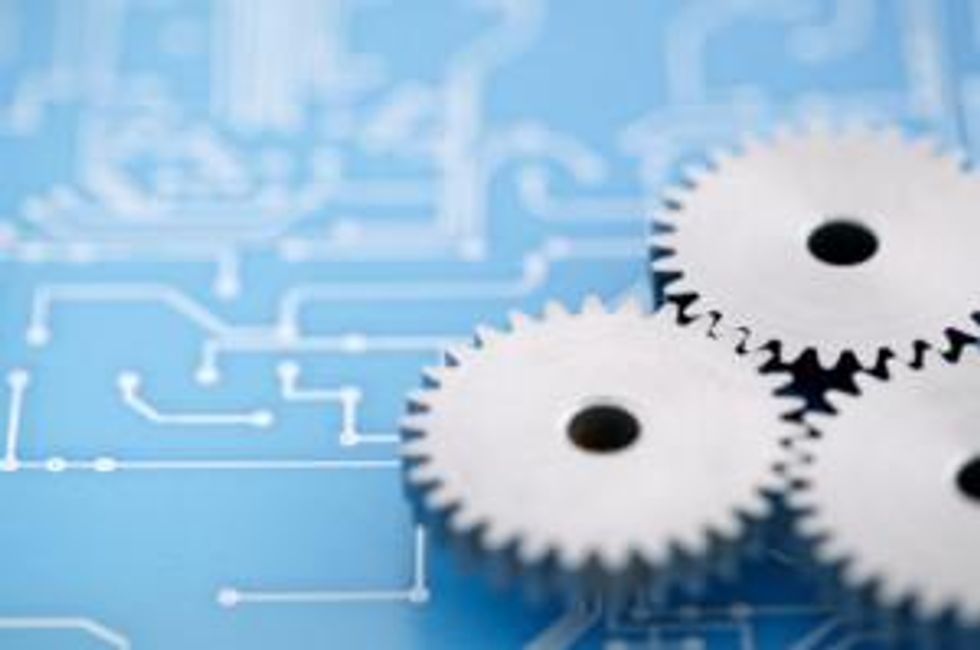The Conversation (0)
- AustraliaNorth AmericaWorld
Investing News NetworkYour trusted source for investing success
Top Stocks
Top Resource Stocks
Top Tech Stocks
Top Life Science Stocks
Trending
Trending Articles
Trending Press Releases
Trending Companies
Trending Reports
Resource
Popular Lists
Investing Ideas
Outlook Reports
- Lithium Outlook
- Oil and Gas Outlook
- Gold Outlook Report
- Uranium Outlook
- Rare Earths Outlook
- All Outlook Reports
Investing Guides
Tech
Popular Lists
- Top Generative AI Stocks
- Top EV Stocks
- Biggest AI Companies
- Biggest Blockchain Stocks
- Biggest Cryptocurrency-mining Stocks
- Biggest Cybersecurity Companies
- Biggest Robotics Companies
- Biggest Social Media Companies
- Biggest Technology ETFs
- Artificial Intellgience ETFs
- Robotics ETFs
- Canadian Cryptocurrency ETFs
Investing Ideas
Outlook Reports
- Artificial Intelligence Outlook
- EV Outlook
- Cleantech Outlook
- Crypto Outlook
- Tech Outlook
- All Market Outlook Reports
Investing Guides
Life Science
Popular Lists
- Cannabis Weekly Round-Up
- Top Alzheimer's Treatment Stocks
- Top Biotech Stocks
- Top Plant-based Food Stocks
- Biggest Cannabis Stocks
- Biggest Pharma Stocks
- Longevity Stocks to Watch
- Psychedelics Stocks to Watch
- Top Cobalt Stocks
- Small Biotech ETFs to Watch
- Top Life Science ETFs
- Biggest Pharmaceutical ETFs
Outlook Reports
- Life Science Outlook
- Biotech Outlook
- Cannabis Outlook
- Pharma Outlook
- Psychedelics Outlook
- All Market Outlook Reports
Investing Guides
Molybdenite and Graphene Combine for Sodium-ion Battery Fix
Feb. 07, 2014 04:00AM PST
Industrial MetalsResearchers at Kansas State University have shown that a composite paper made of “interleaved molybdenum disulfide and graphene nanosheets” can be used as a negative electrode in sodium-ion batteries.
Wonder material graphene, whose much-lauded characteristics include being a better electricity conductor than copper, impermeable to gases and 200 times stronger — but six times lighter — than steel is receiving a lot of attention in the graphite space.
However, what fans of graphene may not know is that molybdenum disulfide, also known as molybdenite, was once considered a possible rival to the material. The thinking behind that, according to IEEE Spectrum, was that “the material’s intrinsic rather than engineered band gap” gave it “an edge as a transistor material.”
Since then, the shine has come off molybdenite somewhat, largely because researchers have realized that it has “less-than-ideal mobility and sub-threshold slope.” Even so, that doesn’t mean molybdenite is totally out of the graphene picture. It just turns out that it works better in conjunction with the wonder material than as its rival.
Enter the composite paper
At the end of January, word surfaced that Kansas State University researchers, including Gurpreet Singh, assistant professor of mechanical and nuclear engineering, have shown that a composite paper made of “interleaved molybdenum disulfide and graphene nanosheets” can be an active material that “efficiently store[s] sodium atoms” as well as a “flexible current collector.”
The composite paper can be used as a negative electrode in sodium-ion batteries, which, according to another IEEE Spectrum article, offer an “attractive alternative” to lithium-ion batteries “because of lower costs due to the nearly unlimited supply of sodium.”
Explaining the significance of the discovery, Singh said that most negative electrodes for sodium-ion batteries “use materials that undergo an ‘alloying’ reaction with sodium,” as per a university press release. As a result, “[t]hese materials can swell as much as 400 to 500 percent as the battery is charged and discharged.” Unfortunately, that can cause mechanical damage as well as “loss of electrical contact with the current collector.”
In contrast, “[m]olybdenum disulfide, the major constituent of the paper electrode, offers a new kind of chemistry with sodium ions, which is a combination of intercalation and a conversion-type reaction.” Specifically, the “paper electrode offers stable charge capacity of 230 mAh.g-1, with respect to total electrode weight,” while “the interleaved and porous structure of the paper electrode offers smooth channels for sodium to diffuse in and out as the cell is charged and discharged quickly. This design also eliminates the polymeric binders and copper current collector foil used in a traditional battery electrode.”
Moving forward, Singh and the other researchers plan to work on commercializing the technology. They will also look into storing lithium and sodium in other nanomaterials.
Securities Disclosure: I, Charlotte McLeod, hold no direct investment interest in any company mentioned in this article.
Related reading:
Molybdenite Making Waves in Electronics, Green Technology
Researchers Race to Solve Graphene’s Band Gap Issue
Outlook Reports
Featured Industrial Metals Stocks
Browse Companies
MARKETS
COMMODITIES
| Commodities | |||
|---|---|---|---|
| Gold | 2390.86 | +0.85 | |
| Silver | 28.67 | +0.01 | |
| Copper | 4.52 | +0.05 | |
| Oil | 83.24 | +0.51 | |
| Heating Oil | 2.55 | +0.01 | |
| Natural Gas | 1.76 | 0.00 | |
Investing News Network websites or approved third-party tools use cookies. Please refer to the cookie policy for collected data, privacy and GDPR compliance. By continuing to browse the site, you agree to our use of cookies.
